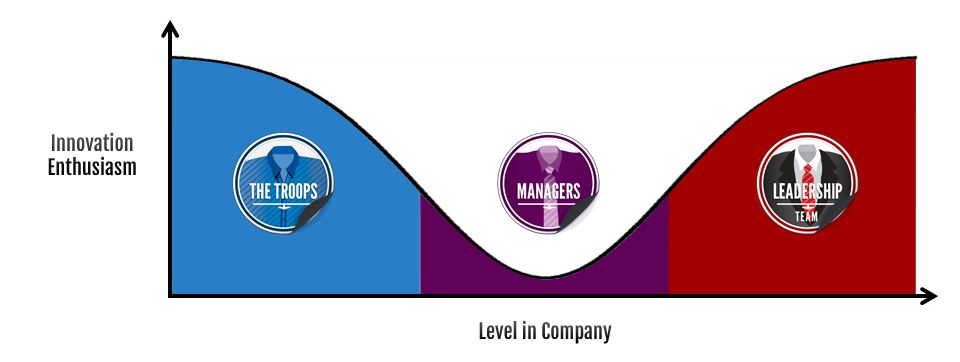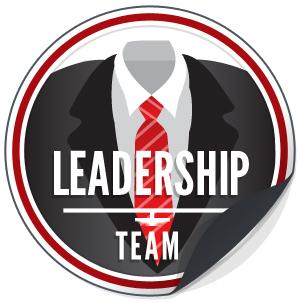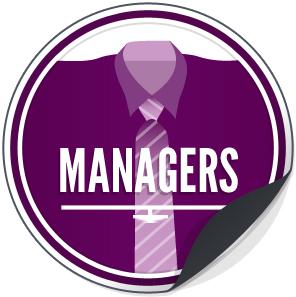The road to hell is paved with good intentions, and nowhere is that more true than in innovation.

GUEST POST from Robyn Bolton
That’s one of the insights I took away from InnoLead’s Q1 report on corporate innovation priorities. The report is an eye-opening look at the impact of AI on corporate innovation as experienced by corporate entrepreneurs themselves. But before deep diving into that topic, the report’s authors shared intriguing data about member companies’ innovation structure, leadership engagement, organizational connections, and results. Nestled amongst the charts were several that, when taken together, got my Spidey senses tingling.
61.0% of innovation teams are “directly under a high-visibility leader with a broad company focus.”
This is great because innovation needs senior leaders’ support and active engagement to survive, let alone survive for long enough to produce meaningful results. Add this to the fact that 45% of senior leadership teams frequently discuss the “progress and value of the innovation program,” and all signs point to innovation as a strategic priority.
But (you knew there was a but, didn’t you)…
If “broad company focus” means “no P&L responsibility,” we have a problem. In every for-profit company I’ve worked for and with, people with P&L responsibility have greater power, influence, and access to resources than people without a P&L. This division may not feel fair, but it makes sense – the people who bring in profit and revenue will always be more influential than people who represent “cost centers.”
You can see the impact of P&L owners who are, understandably, focused entirely on delivering short-term results throughout the report – 75% of companies have shifted their focus more towards near-term priorities, and 61% shifted their innovation portfolio away from Horizon 3 (also known as radical, breakthrough, or disruptive innovation).
As for all those discussions, it’d be great if they focused on walking the talk of innovation. But suppose it’s only innovation platitudes or, worse, questioning innovation’s ROI. That doesn’t bode well for the “high-visibility leader with broad company focus,” the innovation team, or the company’s culture.
71.2% of innovation teams’ customers or business partners are unaware of the team’s existence, don’t engage, or engage only occasionally.
Welcome to Innovation Island! Where the cool people work on cool things in cool offices while all you drones slave away doing the same thing you’ve always done and making the money that pays for the cool people to do cool things in their cool offices.
I’m sure this isn’t the message the innovation team intends to send, but it’s the one received by most organizations.
When arguing for Innovation Island, managers often point to the organizational antibodies likely to swarm and kill H3/radical/breakthrough innovation and even some H2/adjacent innovations. They’re right, and those innovations must be “protected.” But not every innovation needs protection. H2 and certainly H1 innovations, where most portfolios are now, should be shared with the core business because the core business will eventually run them.
The bigger problem, in my opinion, is that innovation teams don’t seem to be reaching out to others in the organization. Like the P&L owners they report to, people in the core business are busy running the business and generating revenue. Very few have the time or energy to seek out the innovation team to discuss and explore innovation. Companies that want to build a culture of innovation need to turn their innovators into evangelists, not residents of an island connected to the mainland by a single drawbridge.
23.4% of innovation teams are considered outsiders or actively undermined by other functions and business units.
This may not sound bad, but add to it the 55.0% that are “somewhat integrated with occasional collaboration” with other departments and business units, and you may be tempted to believe that Innovation Island would be wise to invest in a surface-to-air missile defense system.
Sadly, this perception of the innovation team as “The Others” isn’t surprising when considering that the most important tactic for building a relationship between innovation and the functions or business units is already having strong relationships and interpersonal trust (75.3% of respondents). The least effective (4.7% of respondents) is “writing down shared objectives and expectations.” So, no, the email you sent is not enough to win friends and influence people.
Bottom line
Well-intended companies appoint a senior executive to lead the innovation team because they’ve been told that doing so is powerful proof that innovation is a strategic priority. They hire outsiders to inject new thinking into the organization because they know that “what got you here won’t get you there.” They cordon the team and their work off from the rest of the organization because they read that separation is essential to preserving innovation’s disruptive nature.
But if the senior executive doesn’t have the organizational power and influence that comes with P&L ownership, the team doesn’t have strong personal relationships with others in the business, and other functions and business units don’t know the team exists or how to interact with it, innovation will go nowhere.
But that’s better than where it could go.
Image credit: Unsplash
![]() Sign up here to join 17,000+ leaders getting Human-Centered Change & Innovation Weekly delivered to their inbox every week.
Sign up here to join 17,000+ leaders getting Human-Centered Change & Innovation Weekly delivered to their inbox every week.


 Attitude: Favor innovation that drives up stock price. Often has sense of urgency.
Attitude: Favor innovation that drives up stock price. Often has sense of urgency. Attitude: Tend to be open to the idea of innovation except when it is targeting outsourcing, staff reductions, or automation which risks their job.
Attitude: Tend to be open to the idea of innovation except when it is targeting outsourcing, staff reductions, or automation which risks their job. Attitude: Tend to resist innovation or seek to compartmentalize innovations that do not jeopardize the organizational structure
Attitude: Tend to resist innovation or seek to compartmentalize innovations that do not jeopardize the organizational structure






